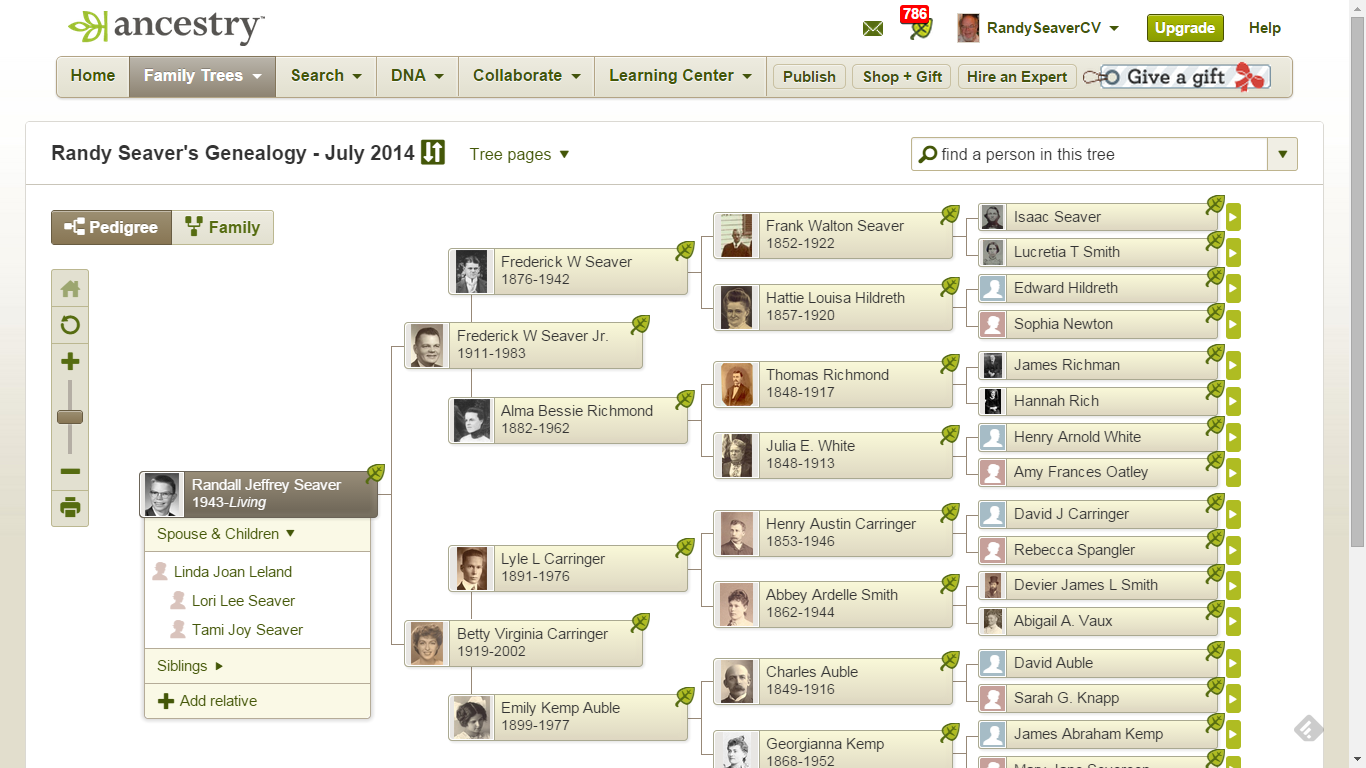

She also found out that she has royal blood: Her 16th -great-grandmother is Catherine de’ Medici, an Italian noblewoman and French queen who lived in the mid-1500s and was a member of the Medici dynasty. She discovered ties to the lieutenant governor colonel of the first Acadian colony in Nova Scotia. “I thought to myself, ‘Why is my family so well-documented?’” she says.Įve-Lyn’s findings provided answers to a few lingering questions about her family’s global footprints. But on her mother’s side, she found a surprisingly robust family tree: 10, 12, even 16 generations’ worth of data.

Photo: Courtesy of Ashanté Nicole Eve-Lyn Composition: The Guardian Labs USĮve-Lyn’s suspicions that she’d hit roadblocks turned out to be accurate on her father’s side: he’s Barbadian, and she couldn’t find much information dating earlier than her paternal great-grandfather. “I got on to figure out where we came from, to see if I could trace my ancestry to slavery and maybe get an idea of what region of Africa I was from.” “The assumption is pretty much that if you’re black and from Canada, you got there through the Underground Railroad,” she says. Ashanté also knew of loose connections to Canada’s indigenous Mi’kmaq people, as well as French and Swedish roots.

She knew a few basic facts: her great-grandmother had moved the family from Canada to New York some years ago, and the family had since spread to various corners of the US – Ohio, North Carolina, Atlanta. She assumed she’d hit a dead-end somewhere on a southern plantation, or, if she was lucky enough to find more distant details, somewhere in Africa. “So, finding something to identify with … that’s what really drove me to dig into my ancestry.” Digging for rootsĪfter her great-grandmother passed away, Eve-Lyn began investigating her family background on. “I didn’t necessarily have a sense of who I was,” she says. There isn’t a lot of diversity – and she never really found a “group” of peers that she fit in with at school. While she grew up hearing stories about her relatives and flipping through family photographs, there were a few idiosyncrasies she could never quite place – her great-grandmother’s devout Catholicism and fluent French, for instance.Įve-Lyn, who now works in fashion, says her hometown in Rockland County, New York is something of a conservative hamlet. You have to ignore folks who stubbornly believe they descend from Thor and Odin, or in my case think a man was born in Pennsylvania to individuals from North Carolina who don’t appear to have ever left that state.Despite this confident response, Eve-Lyn admits feeling some confusion over her family heritage. Sadly, member trees are hard to correct if someone is inflexible. Push the more accurate information throughout the likely spaces for researchers to encounter. Create additional content away from the Ancestry platform such as a blog, a genealogy society newsletter, or a published family history. Reference your source material and refute the inaccurate information.Ĭreate a document, such as a PDF, and attach that to your profile in the Media Gallery.

In the meantime, be proactive and write up what you believe to be accurate. If you encounter a stubborn individual, let them be (while gritting your teeth). Share your reasons they may have an inaccuracy and request their feedback. Reach out to any person with an error in their tree.


 0 kommentar(er)
0 kommentar(er)
